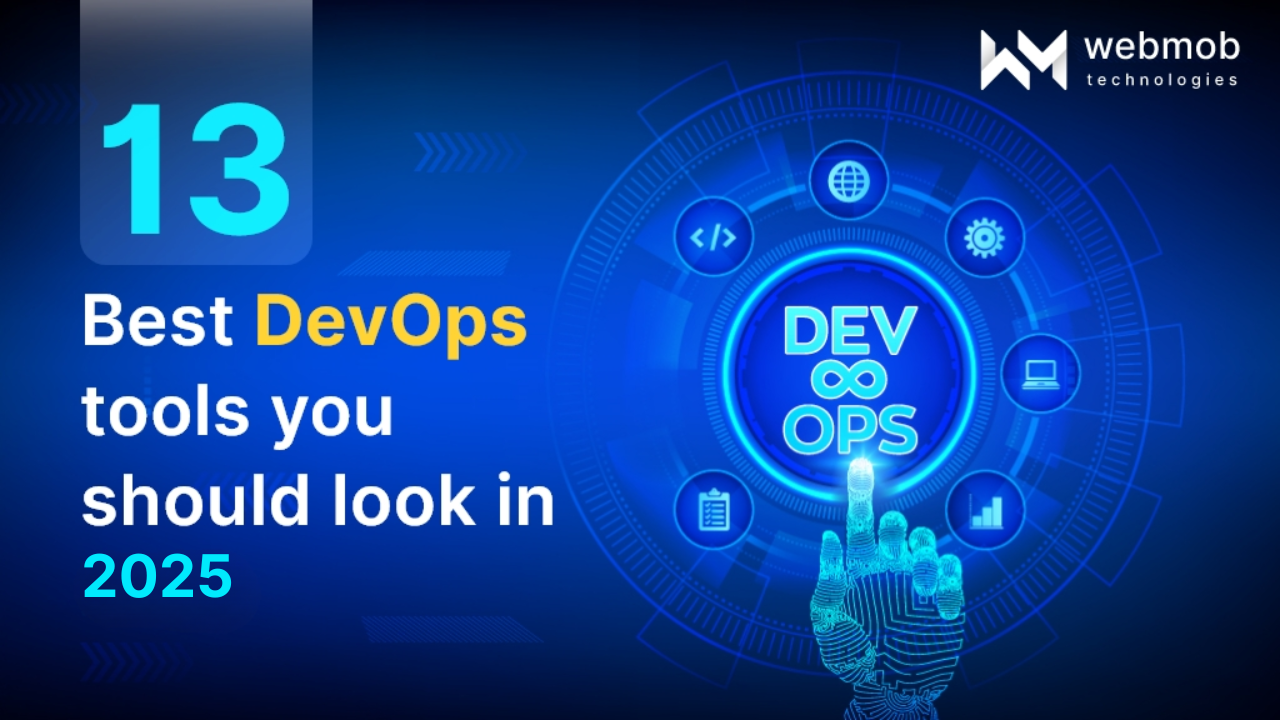DevOps Trends: How DevOps Services are Fueling the Retail and Hospitality Sector?
DevOps services and solutions are rapidly fueling the innovative demand in the retail & hospitality sector. In this blog, we will specifically have a look at DevOps evolution in the retail and hospitality sectors.







